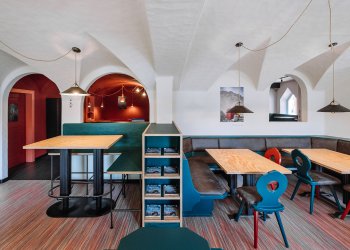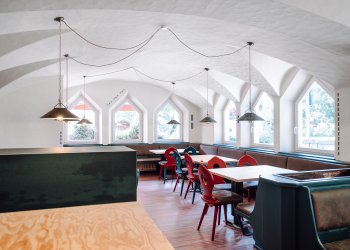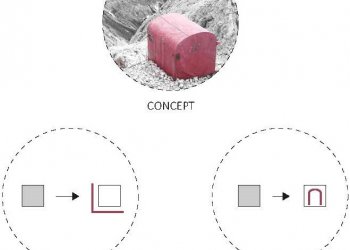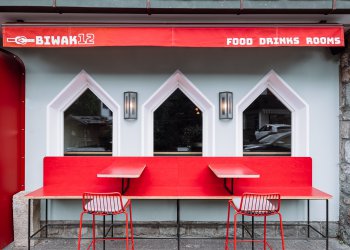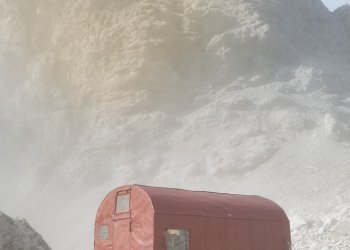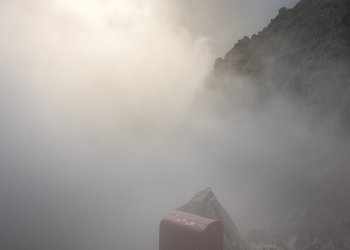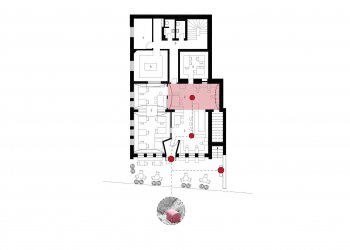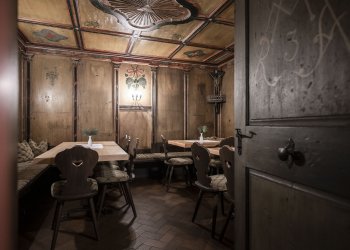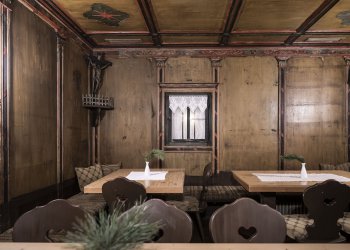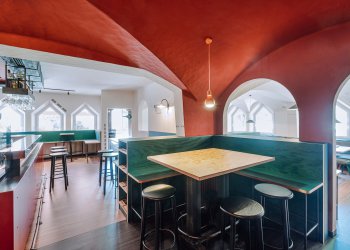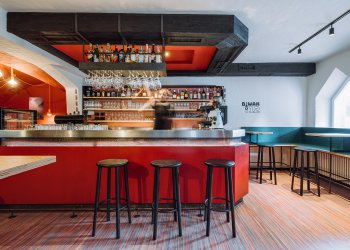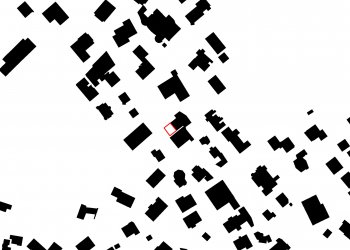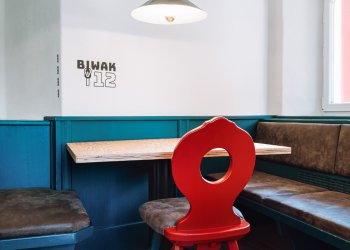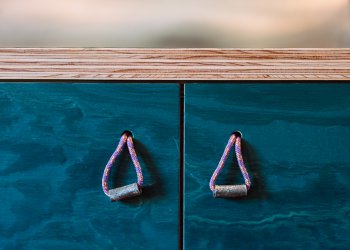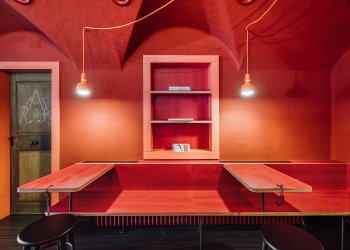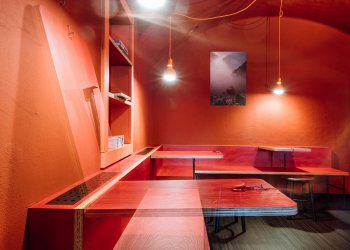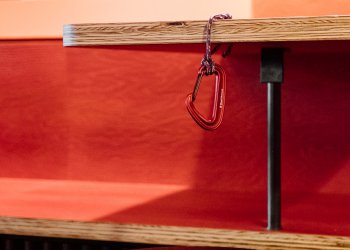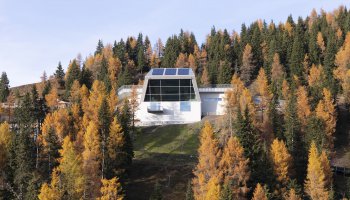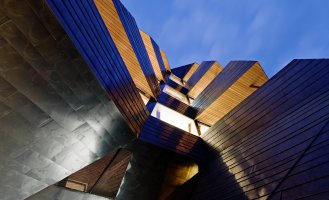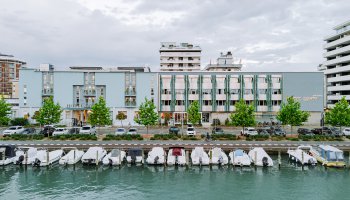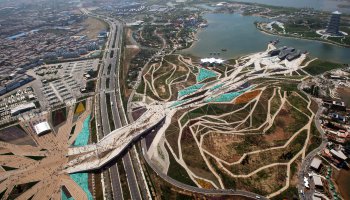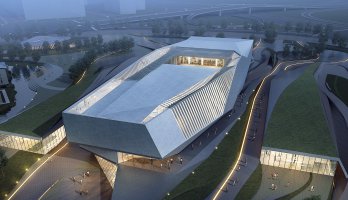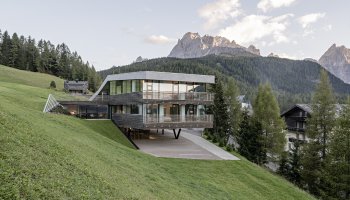In the alpine sense, Biwak - bivouac is a synonym of a scarcely equipped accommodation in the high mountains: the theme of the alpine shelter transforms a traditional restaurant into a meeting place for the local community.
BIWAK 12
TYPE Hospitality, Interior Design, Public space, Renovation
STATUS Commission, Built
LOCATION Sexten, Italy
YEAR 2022
CLIENT Christian Schwienbacher
DESIGN TEAM Andrea Bellentani, Eva Castro, Ulla Hell, Holger Kehne, Chuan Wang
COLLABORATORS Frei&Zeit
PHOTO CREDIT Michael Pezzei, Florian Jaenicke, Andrea Bellentani
Biwak 12 is the conversion of a typical 1980s restaurant located in the mountain village of Moso, in the heart of the Sesto Dolomites, in South Tyrol. In the small village, everything revolves around the theme of the mountains: the aim is to create a meeting place in a relaxed atmosphere for a diverse mix of young and experienced mountaineers and climbers, where locals as well as tourists feel at home.
The design concept borrows elements of a typical bivouac – specifically, the red alpine hut at the foot of the Croda dei Toni / Cima 12, which forms the pivot of the local mountain panorama - and integrates them into the spatial redesign. Both exterior and interior spaces are conceived to allude to the mountain world and the microcosm of the bivouac: from the red-brown color palette to the tactile qualities of industrial, raw materials such as metal sheets and maritime pine plywood panels, the color-accented linoleum flooring, and details inspired by climbing. A consistent graphic concept adds selective accents.
Following the principle of upcycling, as many elements as possible are reused, spatially reorganized, and chromatically adapted. The existing suspended vaulted ceiling has been integrated in an identity-defining way: at the center of the room, between the lively and dynamic bar area and the quieter restaurant section, it becomes the bivouac space—a red cylindrical volume with foldable tables. The original Tyrolean “stube” remains a central part of the venue.
Through a few targeted interventions, the external appearance of the place appears completely new compared to the surrounding context, with which it is ready to dialogue and interact.
Reuse!

